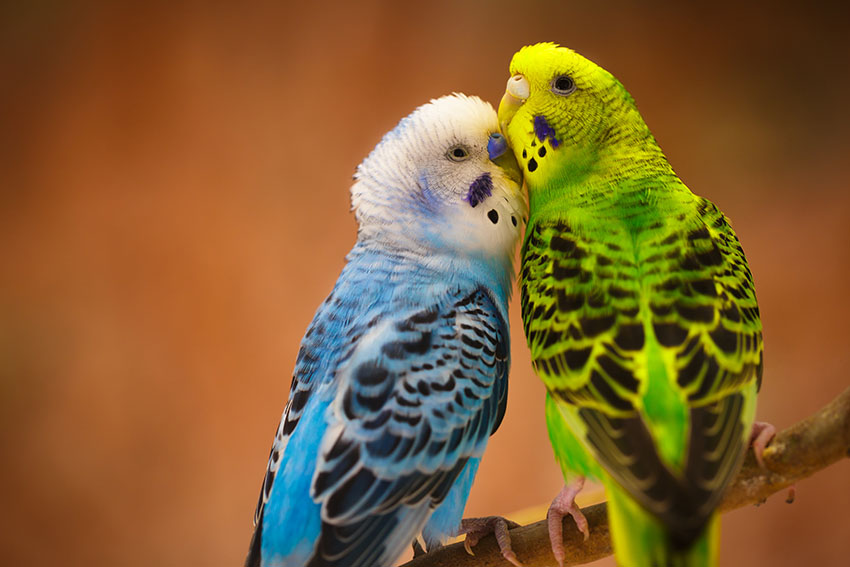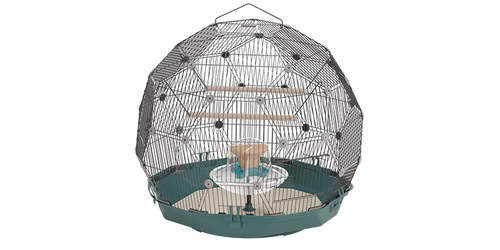There are no waiting lists or endless rungs of red tape for newcomers to budgerigar (parakeet) shows (al;though there is usually a small amount of paperwork that needs to be filled out). As a beginner, you will be able to enter your birds into the Novice sections against other novices. With five or less birds to show, you’ll get away with minimal paperwork, more than that, you’ll be up to your ears in it.
There are different rules and regulations, depending on which shows you are taking part in. At your first show, it will probably be best to stand quietly and watch. There is a certain etiquette to be learned. The silence as the judges prowl between the dozens of cages and the general politeness that masks the competitiveness can be rather nerve racking.
Each budgerigar show will have various levels, from novice upwards, with judges looking for the top three birds in each class (i.e. sections of the show at each level, focusing on a specific parakeet variety), along with the best hen and best cock bird. The various winners will then go head-to-head for the title of overall champion.

There are different levels and sections in a parakeet show, including best cock and best hen
Preparing Parakeets for Show/p>
Your birds will need to be ready for all the noise and fuss of the show environment. Check with your local Budgerigar/Parakeet Society to find out what the judges will be looking for, and use your own discretion if bombarded with advice about what chemicals and manhandling your birds should be subjected to prior to the showing. If you are told that your parakeets will need “spotting”, you will have to pluck some of their chin spots. If you ask around you should be able to find someone who will be willing to do this for you. You will have to accept that this is standard show practice and you can rest assured that all the other birds have gone through this too.
Some exhibitors will choose to spray their bird with feather-shining agents, shampoo it's fluffy heads and rummage through its feathers, plucking out ant damaged ones. They could also heat-straighten bent ones and clean any blood-stained pin feathers with a bird friendly compound. However, you can buy some oil seeds such as flax, and an optimum diet in general will make the feathers shine and eyes twinkle, and ideally you should be able to keep your physical interference to a minimum. The real preparation is all in the breeding, keeping and feeding -- getting the right type of bird weaned, tamed and in the prime of health.
Your parakeet will need to get used to their show cage, so let them spend several hours a day in there for at least a month before the exhibition. Make sure to move around in front of the cage, and when the bird is suitably calm in their environment, wave your arms around and run your hands along the cage bars. Lift the cage and move it around a little too. This stimulates the show environment.
Your bird will also need to be trained to hop on and off a thin, hand-held perch (a chop-stick will do) - this, again, stimulates the treatment they will receive at the hands of those unrelenting judges. Your bird will be expected to perch on a thin stick for visual examination and then be transferred back to their perch. If a young bird resists the thin perch, rub them gently above the legs to encourage them to step up.
Winning birds are usually the ones that sit calmly on their perches. A flapper, no matter how good-looking they may be, will never win.



Comments
Chris, 18 August 2018
Interesting views on budgerigars